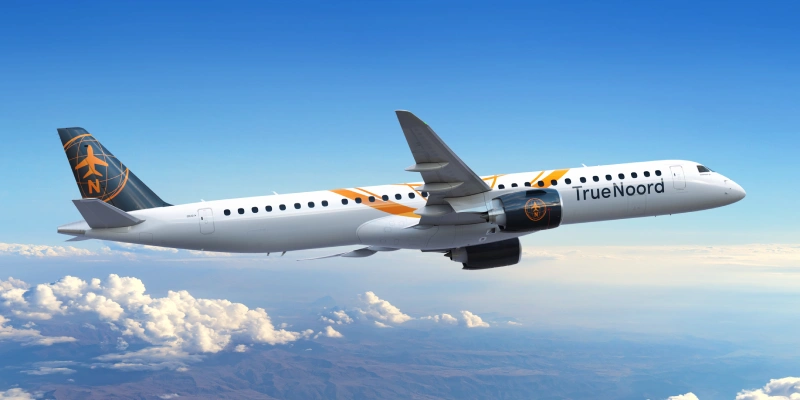Japan Airlines (JAL) has begun a selection process to acquire up to 70 new regional jets and turboprop aircraft, aiming to renew its domestic fleet that operates outside of major metropolitan areas, according to sources familiar with the process who spoke to Bloomberg.
The Tokyo-based airline is looking to incorporate approximately 40 single-aisle regional jets, in a competition pitting the Airbus A220 against the Embraer E2. Furthermore, JAL is considering the acquisition of up to 30 turboprop aircraft, although the final number and composition of the order could change as the evaluation progresses.
Decision Expected Before End of Fiscal Year
Negotiations are still ongoing and could include both firm orders and purchase options. According to the sources consulted, the company plans to make a final decision before the end of the current fiscal year.
This move is part of a broader fleet simplification strategy, aimed at improving operational efficiency and reducing costs. The airline has expressed its interest in expanding the use of lower-capacity aircraft, typically with fewer than 100 seats, in response to changes in air travel demand driven by Japan’s aging and declining population.
→ Air Astana and Somon Air Bet on Boeing with New Aircraft Orders
Subsidiaries with Experience in Regional Aircraft
Currently, JAL subsidiaries, such as J-Air (based in Osaka) and Hokkaido Air System, already operate a combined fleet of approximately 52 aircraft, including Embraer jets and ATR and De Havilland Aircraft of Canada turboprops. This prior experience with similar models could influence the group’s final decision.
Part of a Broader Renewal Plan
The potential acquisition of these regional aircraft adds to a series of multi-year commitments by Japan Airlines to incorporate several dozen new wide-body and single-aisle aircraft from both Airbus and Boeing.
In its 2025 annual report, the airline confirmed that it is in the process of defining the models that will replace its current domestic regional fleet, while closely monitoring future demand trends.
This step represents a key evolution in JAL’s strategy to adapt to a transforming domestic market, where efficiency and operational flexibility will be crucial for maintaining competitiveness.
Related Topics
Helvetic Airways and Air Côte d’Ivoire to Expand Their Fleets with New Embraer Jets Orders
Embraer Reaches Historic Record with US$31.3 Billion Order Backlog in 3Q25
Embraer Opens Office in New Delhi, India
TrueNoord Places Firm Order for 20 Embraer E195-E2 and Secures Purchase Rights for Up to 30 Additional Jets

Plataforma Informativa de Aviación Comercial con 13 años de trayectoria.




